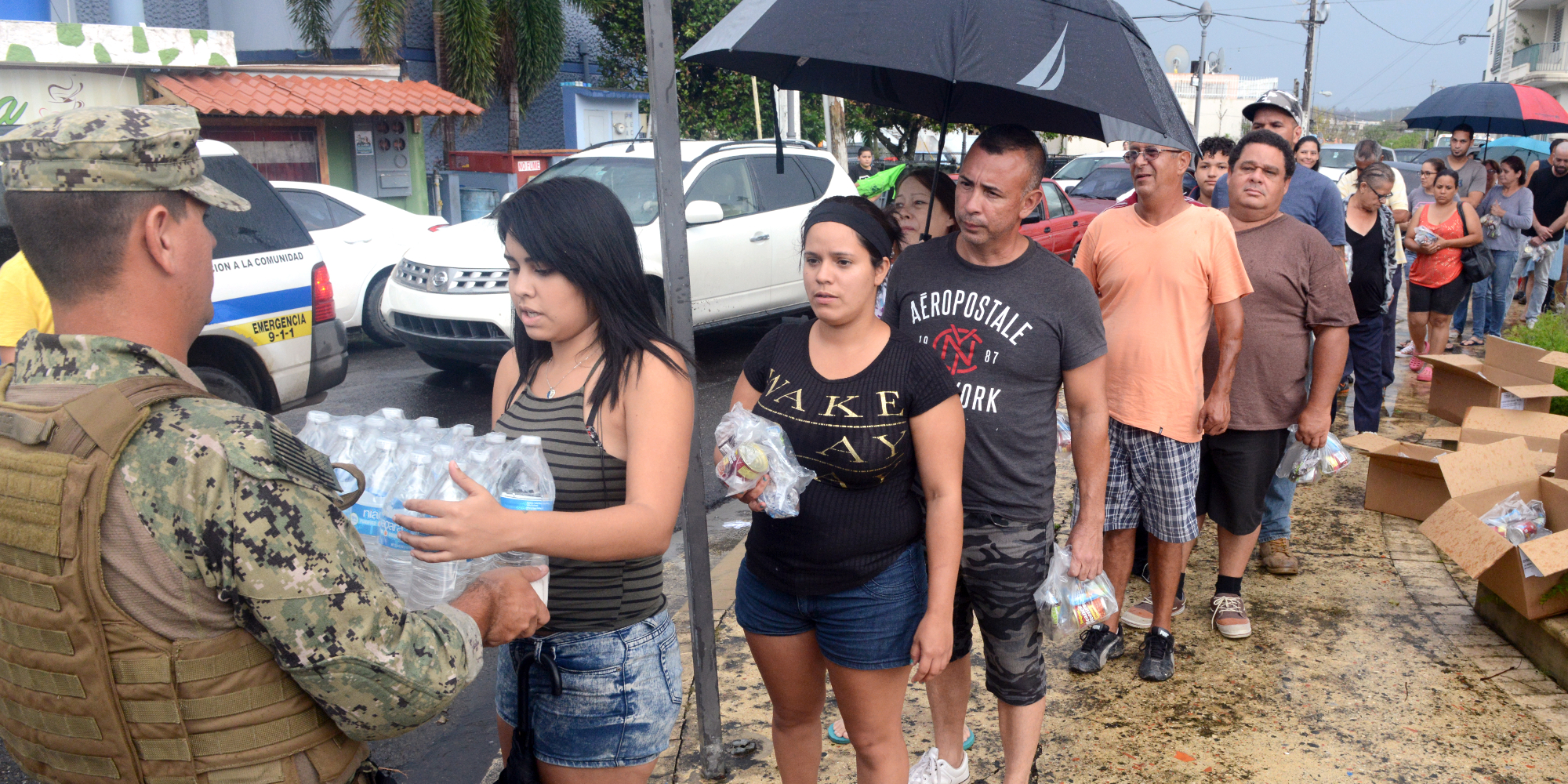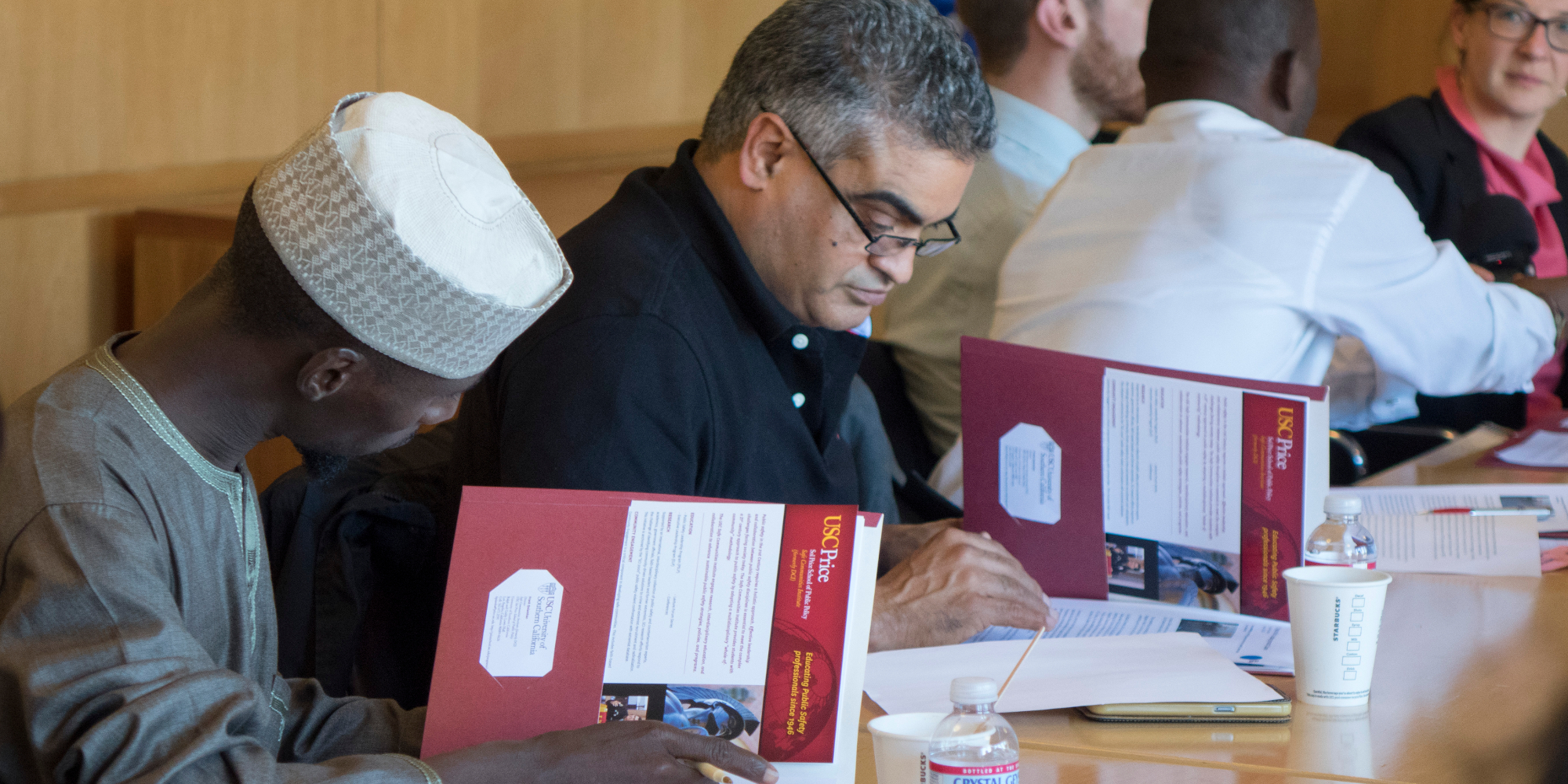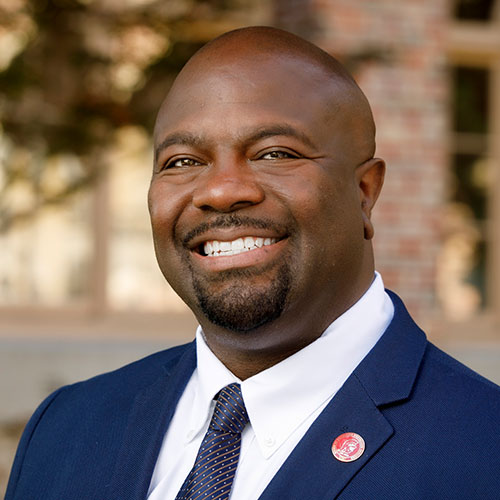In the 21st century, people expect their communities to provide the sense of safety and security that is commensurate with their experience of modernity and technological advancement. Alas, that is not the case. While we are hurtling forward toward a brave new world of autonomous vehicles, artificial intelligence and robotics, the road to safer communities seems to elude us.
Indeed, a close examination of the ways communities deal with safety and security challenges demonstrates that some crucial pieces are occasionally missing from the safe community puzzle. Some of the most important elements of community safety and security receive the least attention, including:
- Cross-Cultural Conflict Management Skills
- Resilience (individual and communal)
- Ethics (Conflict of Interest Management)
- De-escalation Skills
- Empathy Skills
Cross-Cultural Conflict Management Skills
In today’s globalized world, people from widely diverse cultures work, study and live together, each “dancing” to her or his unique set of values and guidelines. Culturally homogeneous communities are a rarity and will become even rarer in the coming decades. Instead, communities are increasingly a mosaic of multiple, diverse cultures, each with its own behavioral DNA, sometimes similar to other cultures but often radically different. While cultures are the glue that hold us together, they can also push us apart. That creates disparate groups operating within and around each other in ways that we recognize as cooperation, competition and, sometimes, conflict.
Communities that want to survive and thrive in safety and security in a multi-cultural climate must make sure that their stakeholders and constituencies have well-developed multi-cultural competencies and are knowledgeable about and sensitive to the similarities and differences between major cultural groups. Furthermore, communities have a vested interest in equipping their constituencies with practical tools to bridge cultural differences, reduce cross-cultural frictions, improve communication, and mediate conflicts in an environment that is fantastically culturally varied, sometimes surprising and confusing, and always full of potentially constructive and destructive possibilities.
Resilience
At the community level, resilience means the ability of the community to survive a natural and/or human-made disaster and rebound from it with minimal emotional, structural and functional disruption. Hospitals, first responders, transportation and communications networks are all essential in a disaster’s aftermath, and all of them are totally reliant on people whose responses will determine whether the community has (or does not have) critical services at their disposal.

And, of course, in the aftermath of a disaster, the people of the community themselves greatly depend on their own level of resilience. Resilient people know what to do when disaster strikes and have the presence of mind to take the necessary actions to aid themselves and their neighbors. The opposite of resilience is fragility, vulnerability, loss of control and resources. Take communications infrastructure as an example. Resilience in the context of communications includes anticipating severe, even catastrophic disruption, developing the capability to retain a core level of functionality, and establishing methods for rapidly reconstituting regular operation. Similarly, a transportation infrastructure is resilient if disruptions do not result in immediate, terminal bottlenecks and if multiple severe disruptions can be overcome to sustain a flow of emergency, as well as regular transportation using substitute means and routes.
Preparedness, the foundation of resilience ought be nurtured and maintained at the individual, communal, technological levels. Achieving resiliency requires the recognition that resiliency will not occur by itself; it needs to be fostered, learned, practiced and made an integral part of every community’s life.
De-escalation Skills
Cross-cultural conflicts are characterized by the difficulty of the parties involved to de-escalate and reduce the level of enmity (and sometimes violence). Many American communities recognize the challenges, particularly when it comes to police-community contacts. Healthcare providers report alarming levels of violence in their daily contact with health consumers and their relatives. Educators and those involved in providing services to pupils and their families report unacceptable levels of rapidly escalating conflicts, leading to violence, major disruptions and physical, psychological and material damages.
We seem to be quite good at escalating conflicts but not so adept at de-escalating them. De-escalation is a set of strategic and tactical tools aimed at achieving a measurable reduction in belligerence to increase compliance, cooperation, and collaboration in many conflict situations; this while also employing the most effective and efficient methods.
Ethics and Conflict-of-Interest Management
Ethics are the guiding principles that we use to help us live our lives according to a clear, recognized and defined set of values. Conflict of interest is what happens when ethics meet temptation, and each individual in a position of authority and/or responsibility surely has had instances of intimate familiarity with this challenge. Contracts, tenders, promotions, resolving internal disputes, allocating resources, and deciding priorities – all these activities are guaranteed to put most practitioners (sooner or later) in front of an ethics and conflict-of-interest management challenge. Yet, despite the ubiquity of these situations, there is substantial confusion and misunderstanding regarding the proper ways to approach ethics in a way that achieves a real reduction in conflict of interest frequency and severity.
The goal of every community should be to put as much clarity into these rarely clear areas, along with the tools to put clarity into practice on daily basis. To that end, every person in a position of authority and/or responsibility should be exposed to (at least) these subjects:
- Ethics in a multi-cultural world (Defining, positioning and sustaining a uniform ethical platform in a way that will survive real-life challenges)
- Defining and Locating Conflict of Interest (What it is and how it is manifested)
- Models of Conflict of Interest Management (Prohibition, disclosure and peer Review)
- Conflict of Interest Policy (Theory and practice of creating, deploying and monitoring policy)
Empathy
Empathy is the ability to see the world through the eyes and mind of another. It is a major (though rarely properly understood and recognized) life-tool that occupies a central role in the ability of individuals, families, communities, and organizations to function and manage friction and conflict. Business people and intelligence operatives have long recognized the value of empathy skills in their work. Multi-cultural communities present multiple, frequent challenges to those functioning within them, and an understanding of and ability to use empathy skills can significantly enhance our ability to provide services, understand needs, and achieve goals.

In a multi-cultural setting, a specific skillset is required to enable the application and communication of empathy at emotional, cognitive, behavioral and developmental levels. Here are some of the empathy-related aspects that can be useful for individuals and communities alike:
- What is Empathy? (Defining empathy; Empathy as a cognitive attribute and not a personality trait. Can we teach empathy?)
- Empathy In Practice (Empathy in children, adolescents and adults; Empathy in the community and in the workplace)
- The Phases and Focus of Empathy (The three main phases in a complete empathic process)
- Combining Empathy and Resilience (Emphatic and resilient skills can reinforce each other)
- The Role of Empathy in Innovativeness, Counter Radicalization and Intelligence
While the list of multi-cultural skills outlined above may appear a little overwhelming at first, it is important to remember that much of the knowledge and many of the skills required to apply these capabilities already exist within the lay and professional levels of almost every community. Getting them to work successfully for our benefit is more a question of understanding their place in the flow of multi-cultural life and the specific ways they could be applied to achieve a measurable impact. The most important skill required to start the process is an open mind.
Community stakeholders can also find critical knowledge and build important skills by attending programs and events addressing multi-cultural conflict resolution. One example is the SCI one-day program, “Safe Communities in an Unsafe World,” which will explore the role of cross-cultural conflict management skills, resilience, empathy, ethics and conflict-of-interest strategies in multi-cultural communities. Those who attend will find the theoretical and cultural foundations of these concepts and will leave equipped to use specific tools to address real-life situations that may arise in their areas of practice.


